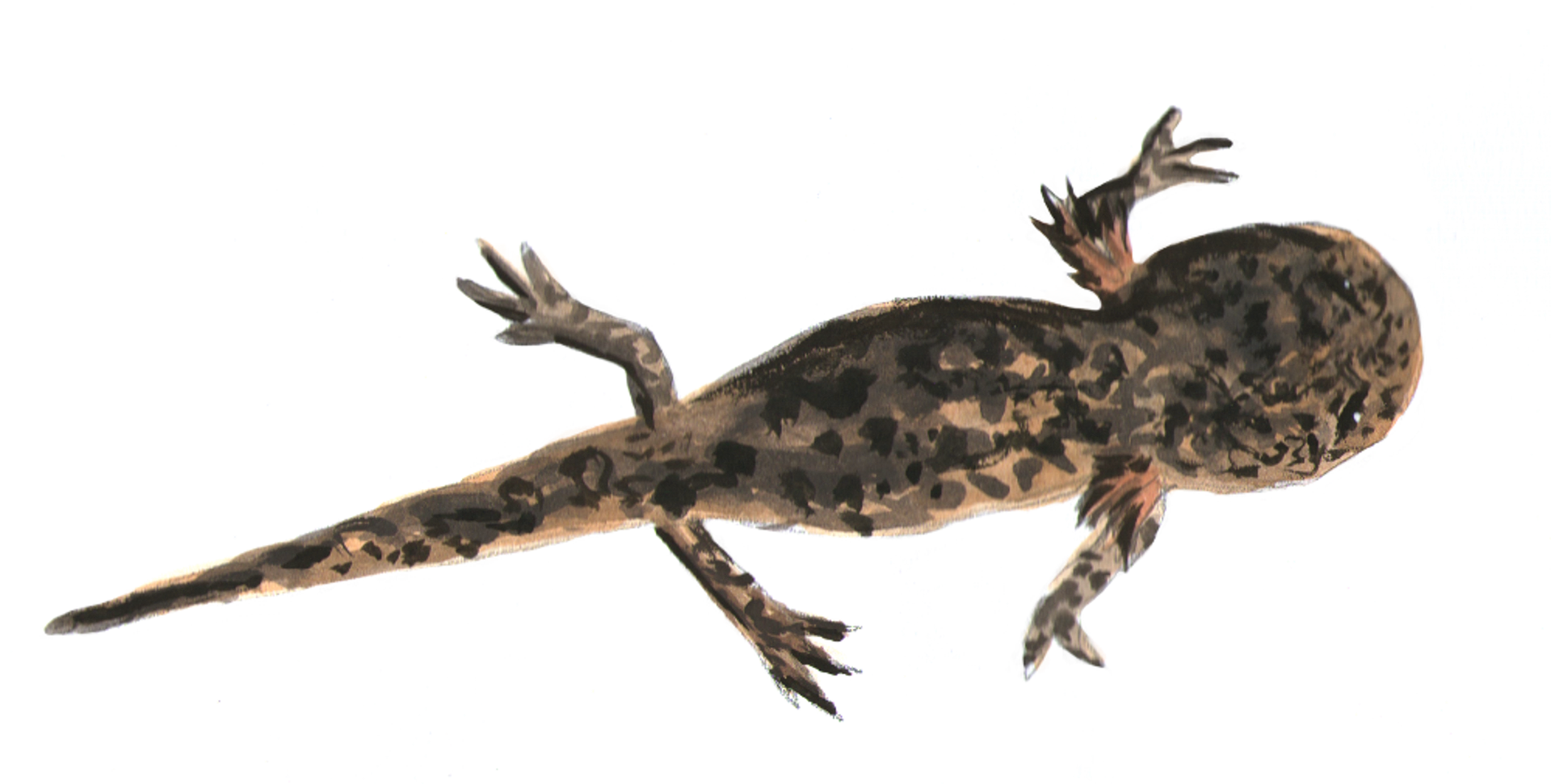1.Effects on creatures living underwater
So, what kind of creatures living in the water have been affected?Let's look at some specific examples.

The cause of the damage was the torrential rains that hit western Japan in July 2018. The torrential rains caused rivers to overflow in many areas, mainly in western Japan, resulting in more than 200 fatalities.The torrential rains caused great damage not only to people but also to animals.
Among them, I paid particular attention to ”the giant salamander”
First of all, what kind of animal is the "giant salamander"?The Japanese giant salamander is designated as a national natural treasure and is an amphibian, a member of the same family as frogs and newts.However, the giant salamander is a rare amphibian that lives in the water even after it reaches adulthood.
Let's take a look at what kind of damage was done to the salamander.
First, as of 2011, there was concern about the declining population of Japanese giant salamanders in the Mukurashi River watershed that runs through Higashi-Hiroshima City, Hiroshima Prefecture, so a microchip was implanted in the body of a Japanese giant salamander to identify adult salamanders. However, the torrential rains in western Japan have encouraged the decline of the Japanese giant salamander. The torrential rains in western Japan caused the entire riverbed to wash away, and most of the 55 salamanders that had been confirmed were temporarily missing. Experts said that if the salamanders were swept away, they would be blocked by high cairns and other obstacles and unable to return upstream on their own, which could isolate and debilitate them, and many emaciated individuals would be found downstream.
